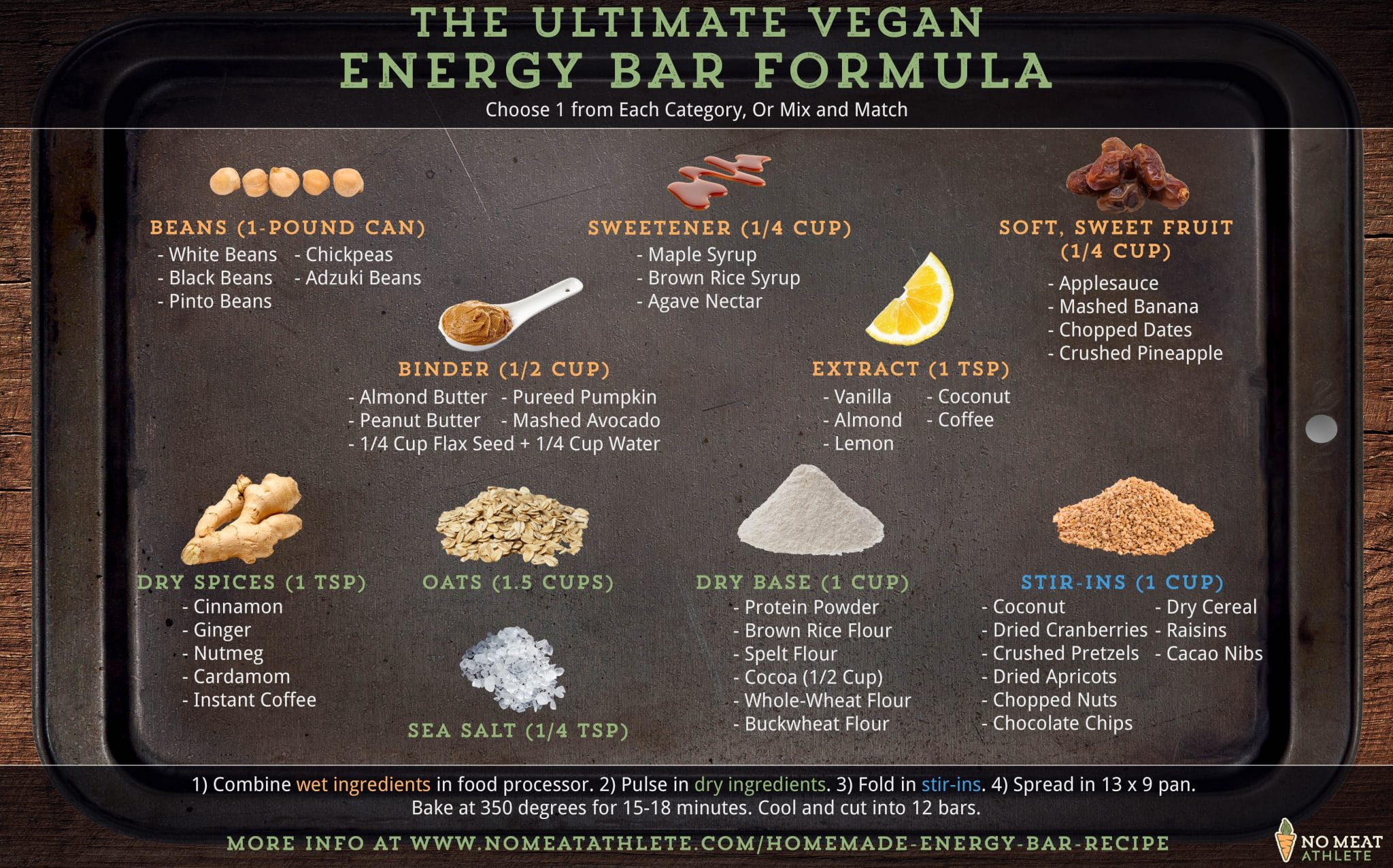Sherman Feest, a master in cake designing, specializes in the realm of chocolate artwork. His passion for sharing his unique decorating techniques is evident in his detailed and captivating articles. Sherman's pieces are rich with comprehensive guides and vivid images of his confectionery masterpieces, showcasing his deep-seated love for chocolate.
When it comes to the cost of chocolate, there are several factors that influence the price per pound. The type of cacao beans used, the quality of other ingredients, and the process of making chocolate all play a role in determining the cost.
To give you an idea of the average cost per pound, let's take a look at a comparison table:
- Milk Chocolate: $X per pound - Key factors affecting the cost: X, X, X. For more information on the production of chocolate, check out this article.
Artisanal and premium chocolates tend to be more expensive due to their high-quality ingredients, complex production process, and the expertise of skilled chocolatiers. Each step in the production of artisanal chocolate contributes to its cost, resulting in a truly exceptional and indulgent experience.

In addition to artisanal chocolates, fair trade and organic chocolates may also have a higher price tag. This is because these chocolates are produced using ethical and sustainable practices, ensuring that the farmers and the environment are treated fairly. To learn more about the ethical concerns surrounding chocolate production, read this FAQ.
If you're curious about the journey from cacao bean to chocolate bar, I recommend watching this short video. It showcases the meticulous process and highlights why quality chocolate is worth the cost. You can also learn about how the cocoa fermentation process influences the flavor of chocolate.
Comparison of Average Cost Per Pound of Different Types of Chocolates
Now that we understand the factors that influence the cost of chocolate, let's delve into a comparison of different types of chocolates and their average cost per pound.
| Type of Chocolate | Average Cost Per Pound | Key Factors Affecting Cost |
|---|---|---|
| Milk Chocolate | $5 - $10 | Type of cacao beans, quality of milk and sugar, production process |
| Dark Chocolate | $10 - $20 | Percentage of cacao, quality of cacao beans, production process |
| White Chocolate | $10 - $15 | Quality of cocoa butter, milk and sugar, production process |
| Premium Artisanal Chocolate | $30 - $50 | High-quality cacao beans, complex production process, experience of chocolatier |
As we can see, the cost of chocolate varies significantly based on its type and quality. Let's now explore in detail why artisanal and premium chocolates command a higher price.
Artisanal and premium chocolates tend to be more expensive due to the high-quality ingredients used. These chocolates often feature rare and exotic cacao beans, sourced from specific regions known for their exceptional flavor profiles. The addition of premium ingredients such as real vanilla, organic sugar, and high-quality dairy products further contribute to the cost.
Additionally, the production process for artisanal chocolates is more complex. Skilled chocolatiers carefully roast and grind the cacao beans, ensuring the perfect texture and flavor. They also employ techniques like conching and tempering to create a smooth and glossy finish. The attention to detail and craftsmanship involved in making these chocolates adds to their value.
So, the next time you indulge in a piece of artisanal or premium chocolate, remember that you're not just paying for a sweet treat. You're investing in the expertise of skilled chocolatiers and the use of top-notch ingredients, resulting in a truly exceptional chocolate experience.

Let's take a look at a comparison table of different types of chocolates and their average cost per pound:
- Milk chocolate: $X - Key factors affecting the cost: [insert factors]
- Dark chocolate: $X - Key factors affecting the cost: [insert factors]
- White chocolate: $X - Key factors affecting the cost: [insert factors]
- Premium artisanal chocolate: $X - Key factors affecting the cost: [insert factors]
But what about fair trade and organic chocolates? These chocolates might have a higher price tag due to their ethical and sustainable practices. By supporting fair trade, you are ensuring that farmers receive fair wages and work in safe conditions. Organic chocolates are made without the use of harmful pesticides, promoting a healthier environment.
So, the next time you indulge in a bar of chocolate, remember that its cost reflects the quality, craftsmanship, and ethical values behind it.
Let's delve a little deeper into the journey from cacao bean to chocolate bar. The following video provides a comprehensive guide to this process, highlighting why quality chocolate can indeed be worth the cost.
As you can see from the video, the process of crafting quality chocolate from cacao beans is complex and requires a high level of skill and knowledge. This justifies the cost of premium and artisanal chocolates, as they offer a unique taste experience that mass-produced chocolates can't match.















